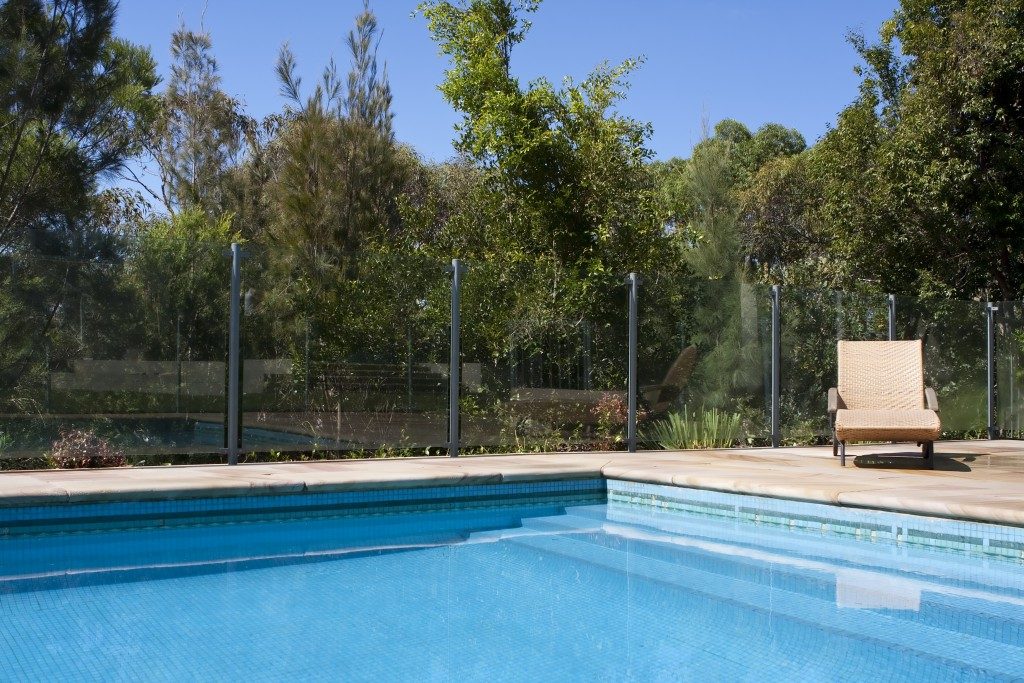Gunite, shotcrete, and cast-in-place are all the same product which is concrete but have various variations in methods of construction, inherent water tightness, and strength. Each of the three categories has significant importance in various application areas of your aquatic structure.
Therefore, do not limit your concrete contractors to one type of concrete during construction of your swimming pool in Kansas City area. Instead, let them guide you on the type of concrete to use on which pool.
Cast-in-Place Concrete
Installation of this concrete type requires the construction of a form from either steel panels or wooden boards. Then, the wet and easily running concrete mixture is poured onto it, and smoothening tools are used to smoothen it out and make a uniformly flat surface.
The concrete is left to dry through water hydration after which it becomes a hard solid structure. This type of concrete is suitable for making the deck, floors, water slides, diving platforms, play water features, and hardscape around the pool.
Shotcrete Concrete
This takes free-form method of concrete application. Naturally, free-form application allows for the formation of watertight as well as sturdy structures regardless of the geometry. Here, concrete can be applied vertically or horizontally or shot upwards to achieve the look as well as the feel of an underside of a ceiling.
Unlike cast-in-place concrete, shotcrete uses a much lesser water requirement and is poured on the desired surface using a pump. The result is a strong wall with minimal joints between the wall sections.
It is highly advisable that the person operating the hose and nozzle that distributes concrete across the surface have high-level experience. Reason being, this person determines how strong and watertight the swimming pool will be, by achieving the exact required wall thickness.
Gunite Concrete
Similar to shotcrete concrete, gunite concrete is pneumatically applied to the surface of your desired aquatic structure. What sets apart this concrete category from the rest is that it has a lower water content as well as a higher cement percentage.
The high cement percentage is essential in that it provides a strong bond to the aggregate to give you a sturdy structure. Small water content, on the other hand, ensures that the structures suffer minimal water hydration, resulting in fewer joints in the swimming pool.
During processing, small dry portions of the concrete are mixed on site or concrete plant before they are applied. That means water is only added at the point of the application directly from the gunite nozzle.

In conclusion, it is advisable that your pool floors are constructed using the cast-in-place concrete to help you achieve a uniformly flat surface which is comfortable for pool users to walk on. Gunite as well as shotcrete should be used for wall construction to achieve a strong and watertight wall with few joints.
For you to get a customized, beautiful, and functional swimming pool, ensure that your designer and your contractor agree on the layout and the type of concrete to use.

